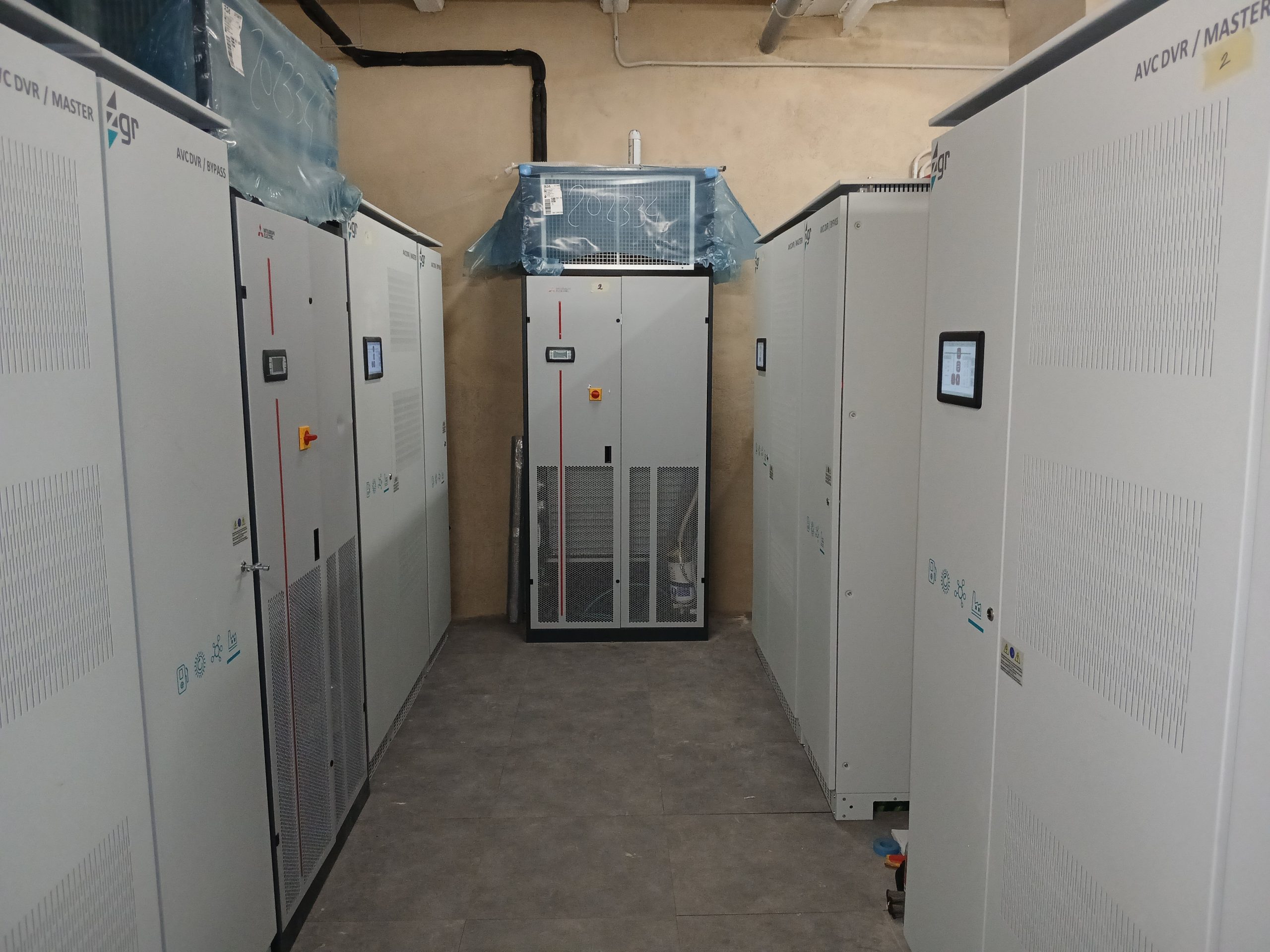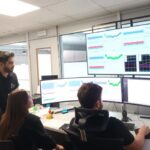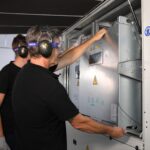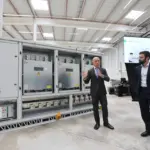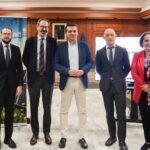The hidden problem: electrical disturbances in hospitals and healthcare facilities
Hospitals are highly complex technological ecosystems. Every device—from small patient monitors to large magnetic resonance imaging systems—depends on a perfectly stable power supply. A supply interruption lasting just a fraction of a second can trigger a cascade of failures.
At Hospital Universitario Reina Sofía de Córdoba (Spain), they were fully aware of this risk and wanted to shield themselves from critical vulnerabilities. We are talking about voltage sags (dips) that could last from milliseconds to up to a full minute. Invisible disturbances that can cause imaging systems, for instance, to generate inaccurate results or collapse altogether.
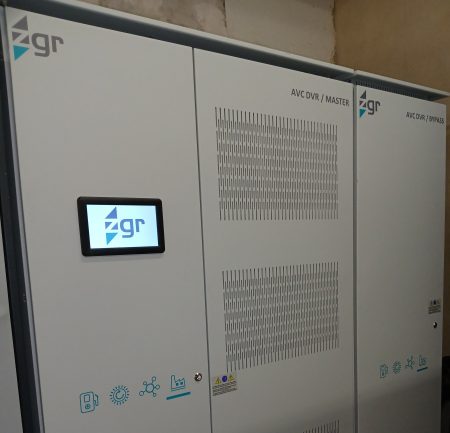
Our intervention at Reina Sofía hospital: surgical-precision DVRs
When the hospital reached out, we designed a tailored solution using four ZGR AVC DVRs (Dynamic Voltage Restorer, DVR), each rated at 300 kVA. These are not just devices—they are true electrical guardians capable of:
- Restoring voltage during sags with depth up to 70%.
- Eliminating the effects of three-phase, two-phase, and single-phase voltage sags by stabilizing each phase independently.
- Compensating overvoltages up to +20%.
- Maintaining output voltage stability within ±0.5%.
- Compensating long-duration voltage sags (beyond 30 seconds).
- Achieving very high efficiency (>98.5%).
Installation was executed with surgical precision: four DVRs units strategically located, with manual bypass arrangements to guarantee uninterrupted service at all times.
Four strategically located DVR units, with manual bypass systems to ensure not a single instant of service was interrupted.
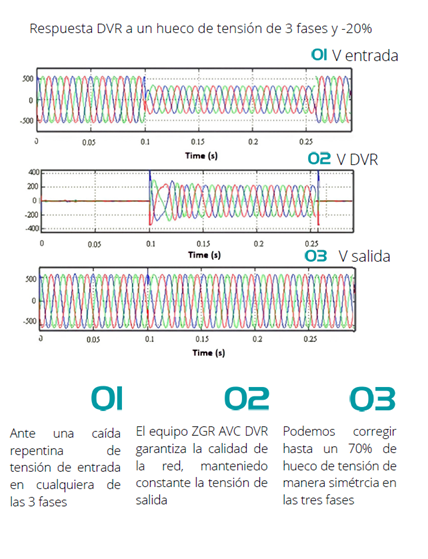
More than technology: true protection
What we achieved goes far beyond numbers and specifications. Each DVR acts as a protective shield safeguarding:
- The accuracy of patient diagnostics.
- The reliability of delicate surgeries that depend on millimetric precision.
- The continuity of essential medical services and pharmaceutical management.
- The hospital’s management and safety systems.
Our intervention not only prevents failures—it potentially saves lives.
Lessons from a successful DVRs deployment
The commissioning was flawless. Each unit integrated seamlessly, as if it had always been part of the hospital’s infrastructure. No disruptions. No alarms. No issues. The true success of this kind of technology lies in the fact that it almost goes unnoticed.
Today, at Hospital Reina Sofía, medical teams work with peace of mind. And we know that what we deliver goes beyond selling devices: we are building critical infrastructure for healthcare.
On top of that, the hospital relies on ZGR Corporación’s technical service, ensuring maintenance throughout the entire lifespan of the equipment and immediate support from our specialists in case of any incident or operational need.
A final note: Next time you visit a hospital, remember: behind every medical device there is silent engineering at work, ensuring that everything runs flawlessly. Power electronics works for the well-being of citizens.
If you want to know more about our projects and innovations, join our LinkedIn Community and subscribe to our newsletter.
